Staff Ratios
Texas has failed to improve
staffing requirements at day
cares, leaving children
unwatched
How the lopsided ratio
of children to staff in day
cares threatens safety
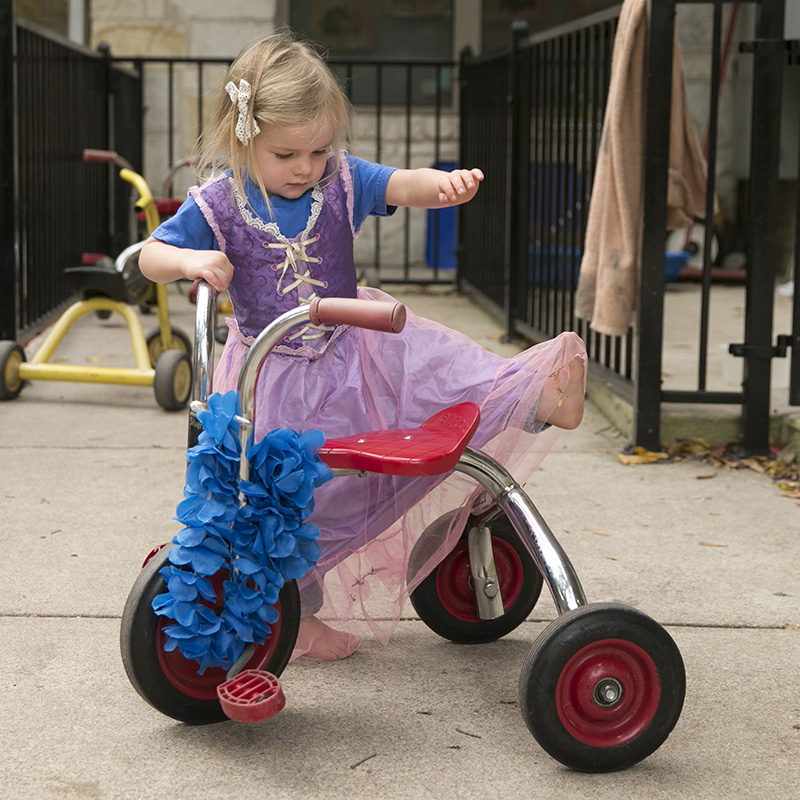
Austin American-Statesman | Dec. 6 2018
In the summer of 2016, University of Texas researchers, the state child protection agency and a nonprofit teamed up to find the answer to a straightforward question: Are children in Texas day care centers safer when more adults are in the classroom?
Each state sets the maximum number of children that an adult can look after depending upon the size of the class and the age of the children, and Texas’ maximum staff-to-child ratios are among the highest in the nation D, allowing day care facilities to hire fewer workers. In Texas, for instance, a single day care teacher can look after D up to nine 18-month-olds or 15 3-year-olds, both of which are the highest allowed ratios in the nation.
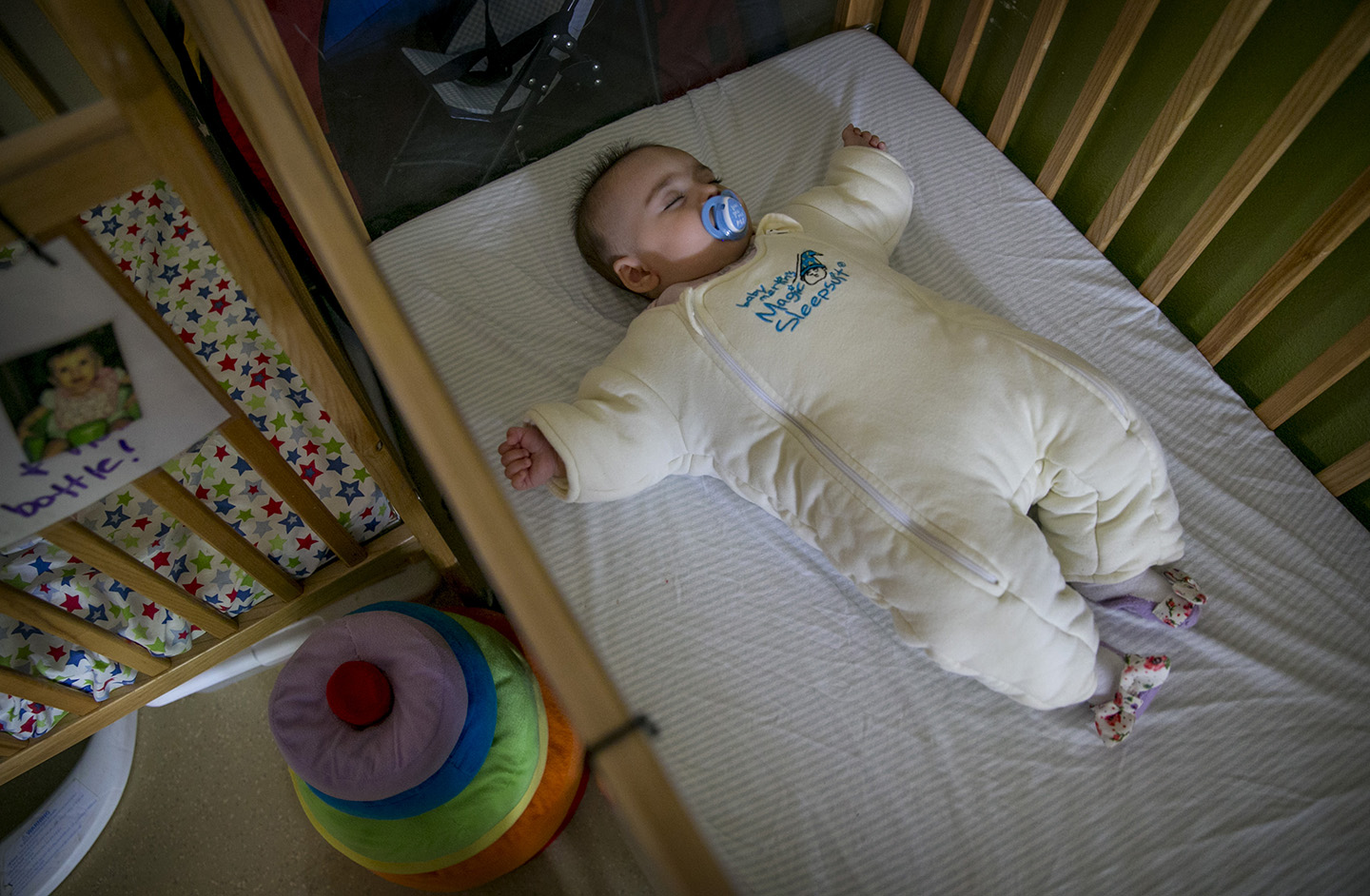
The plan for the study was simple. When visiting day care facilities, state inspectors, while documenting the results of inspections they were already doing, would record two additional figures in separate surveys: the number of children in the classrooms and the number of caregivers watching them. The researchers would then compare that data to reported injury rates at those day care operations.
But one month into the three-month research project, state officials pulled out, effectively shutting down the study D.
“Turnover rates have been high and staff have been challenged with being able to meet the fundamental job duties required through statue and policies. I felt it was important to step back and have (day care inspectors) focus on meeting required job duties and cut any extra activities,” wrote Jean Shaw, the head of Child Care Licensing, which was then part of the Texas Department of Family and Protective Services. “In order to do this, I had to make a difficult decision to have staff stop filling out the surveys.”
Cynthia Osborne, who leads the UT family research program that worked on the study, said she didn’t buy the state’s explanation about the surveys taking up too much staff time. Inspectors already had to count the number of kids and staffers in each classroom they visited to determine whether it met the state’s maximum ratios; now they would simply fill out a survey with the exact numbers, not just whether the classroom passed or failed state standards.
“Really it was just recording two numbers — the denominator of how many kids and the numerator of how many adults — so that’s a little hard to believe that that’s the only reason,” Osborne said in an interview. “I would be speculating to say what any additional reason is, but you would certainly think that once we have all that information, we would need to do something with it, and perhaps they just weren’t quite prepared to do that.”
The study’s cancellation was just the latest instance of the state failing to address the state’s maximum staff-to-child ratios, which research from across the country has shown are key predictors not just of day care safety but of child development and kindergarten preparedness.
“There’s very little appetite at the leadership level to really work on child care quality,” said Stephanie Rubin, CEO of the nonprofit group Texans Care for Children.
What little was learned during the aborted study D held promise. The first month of data collection was not enough for the researchers to make specific recommendations on what the state’s ratios ought to be, but it was enough to show that lowering the ratios could make day care operations safer, said Kaeley Benson, research director at the UT Child and Family Research Partnership. Day care facilities that failed to meet the state’s minimum standards had more injuries than those that met them.
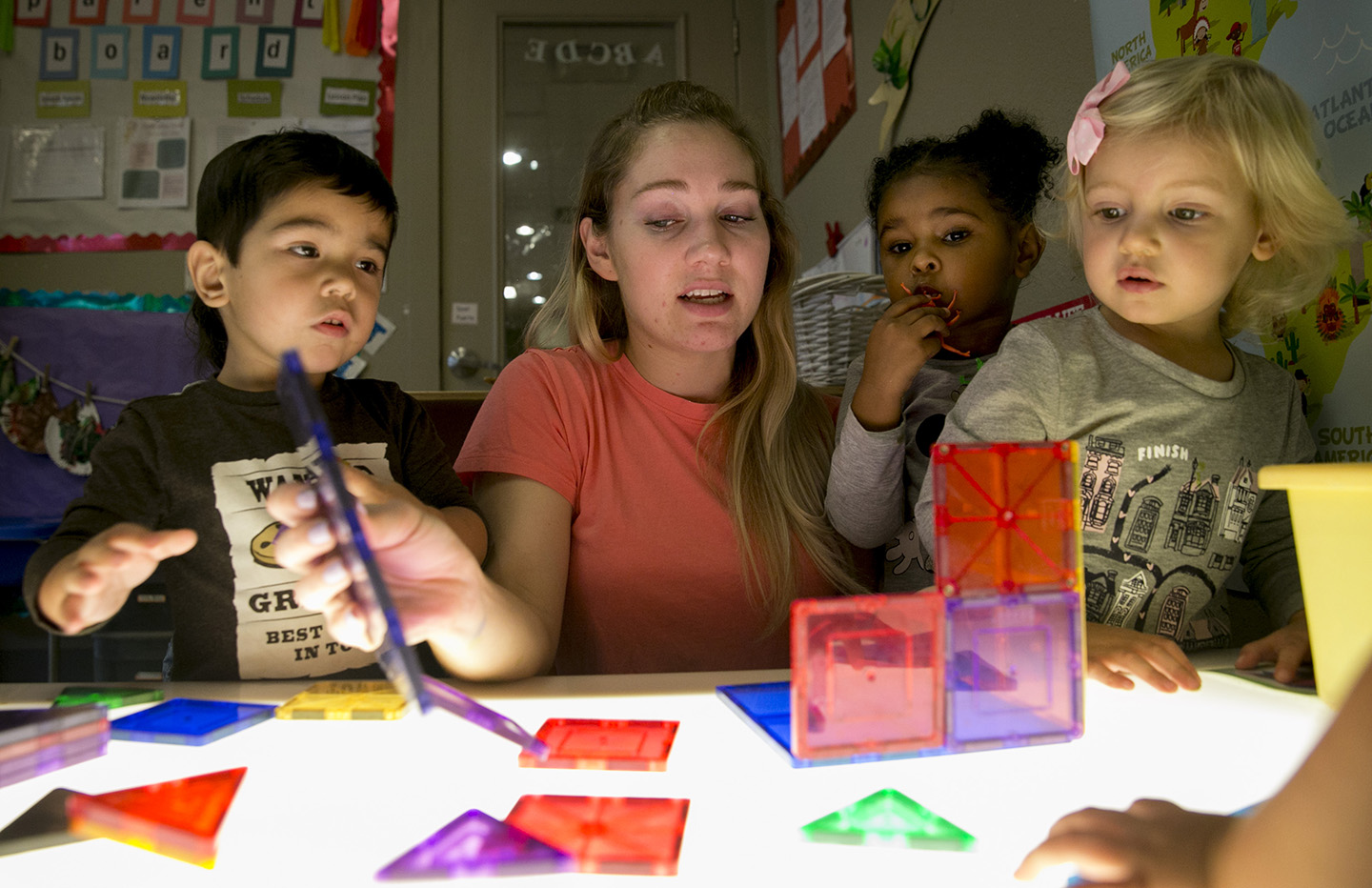
And more importantly, day care facilities that barely met the standards had more injuries than ones that voluntarily staffed beyond the minimum ratios, demonstrating that a change in the ratios could have a substantial impact on safety at some day care operations.
The findings are part of the American-Statesman’s yearlong investigation into these and other problems at Texas child care facilities. The newspaper read thousands of documents, researched dozens of day care safety records, analyzed existing data and built its own database to find patterns and trends.
What the Statesman found was that dangerous conditions exist inside many Texas day care facilities, leaving hundreds of children in need of medical care and nearly 90 children dead as a result of abuse or neglect since 2007. In this series, the newspaper explores problems such as day care sexual abuse, deaths, injuries, illegal operations and state oversight. The newspaper also presents potential solutions to some of those problems.
History of obstruction
Over the last decade, efforts to lower Texas’ required staffing ratios have hit a series of roadblocks.
In a 2010 review of agency rules, the Department of Family and Protective Services proposed a modest tightening of the minimum ratios but backed off after day care owners said that it would force them to raise their rates during an economic downturn. In the next review, in 2016, the agency did not propose any ratio adjustments, despite calls for change from advocates and child development experts.
Now those advocates are struggling to persuade the state even to research the issue. In the last legislative session, a bill that would have required the state to continue the study passed the House but died in the Senate.
“We have not ever been committed to really saying that we’re going to put safety before profit when it comes to child care ratios,” UT’s Osborne said.
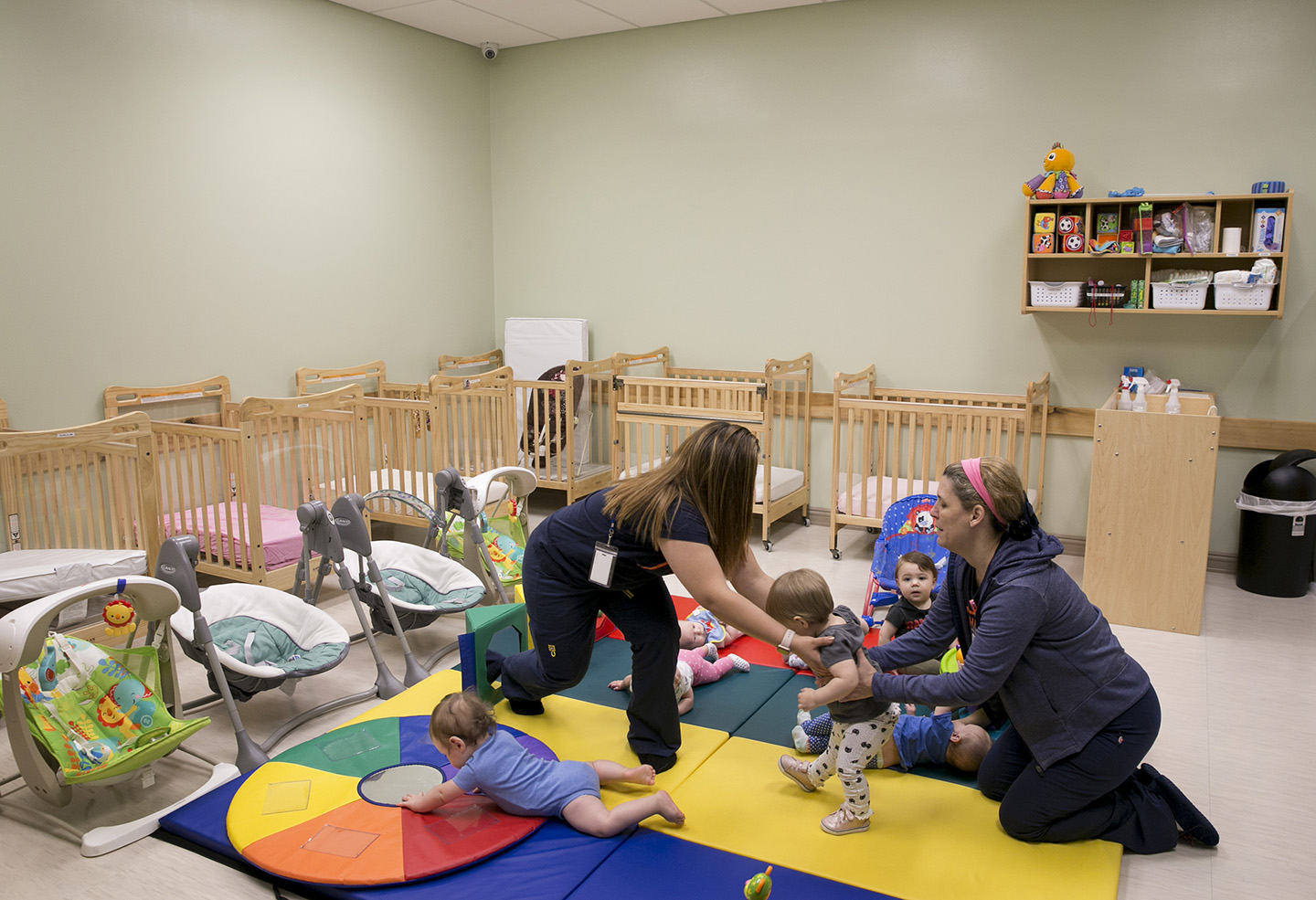
Health and Human Services Commission spokeswoman Carrie Williams said the state pulled out of the study because “using our day care inspectors to gather information for an advocacy group is not an appropriate use of taxpayer dollars.”
“It would have taken time away from their inspections, when they are supposed to be focusing on the safety of the children in front of them,” she said.
Williams also objected to the notion that the agency was responsible for ending the study.
“We did not instruct anyone to shut down a study,” she said. “When new leadership came on board, we took another look at it and made the correction to not participate.”
The research, however, depended on the agency’s participation because the surveys filled out by the inspectors were the only new data collection in the study, which the agency helped the researchers design before its change in leadership.
Safety and development
It isn’t difficult to imagine how a child could get hurt when one adult is responsible for ensuring 15 3-year-olds don’t stick crayons in their mouths, shove each other or run into chairs and tables. Citations by state inspectors often describe injuries that occur behind caregivers’ backs while they focus on defusing potentially dangerous situations with other children.
But safety isn’t the only reason to be concerned about day care staffing levels. Advocates for improved staff-to-child ratios emphasize that they are also important for something that’s harder to see: brain development.
In their first few years, the most important for cognitive growth, children form an average of 1 million new neural connections per second, according to Harvard University’s Center on the Developing Child. A key contributor to growth during that period is frequent “serve and return” interactions, through which children learn by communicating with adults.
“Because responsive relationships are both expected and essential, their absence is a serious threat to a child’s development and well-being,” according to the center. “Healthy brain architecture depends on a sturdy foundation built by appropriate input from a child’s senses and stable, responsive relationships with caring adults.”
Higher staffing levels at day care centers give kids more opportunities for responsive interactions with adults, fueling brain development and helping prepare kids for kindergarten, experts say.
In Connecticut, for instance, each staffer can look after no more than four kids in all classrooms with children who are 2 years old or younger, and no more than 10 in classrooms of children who are 3 years old or more.
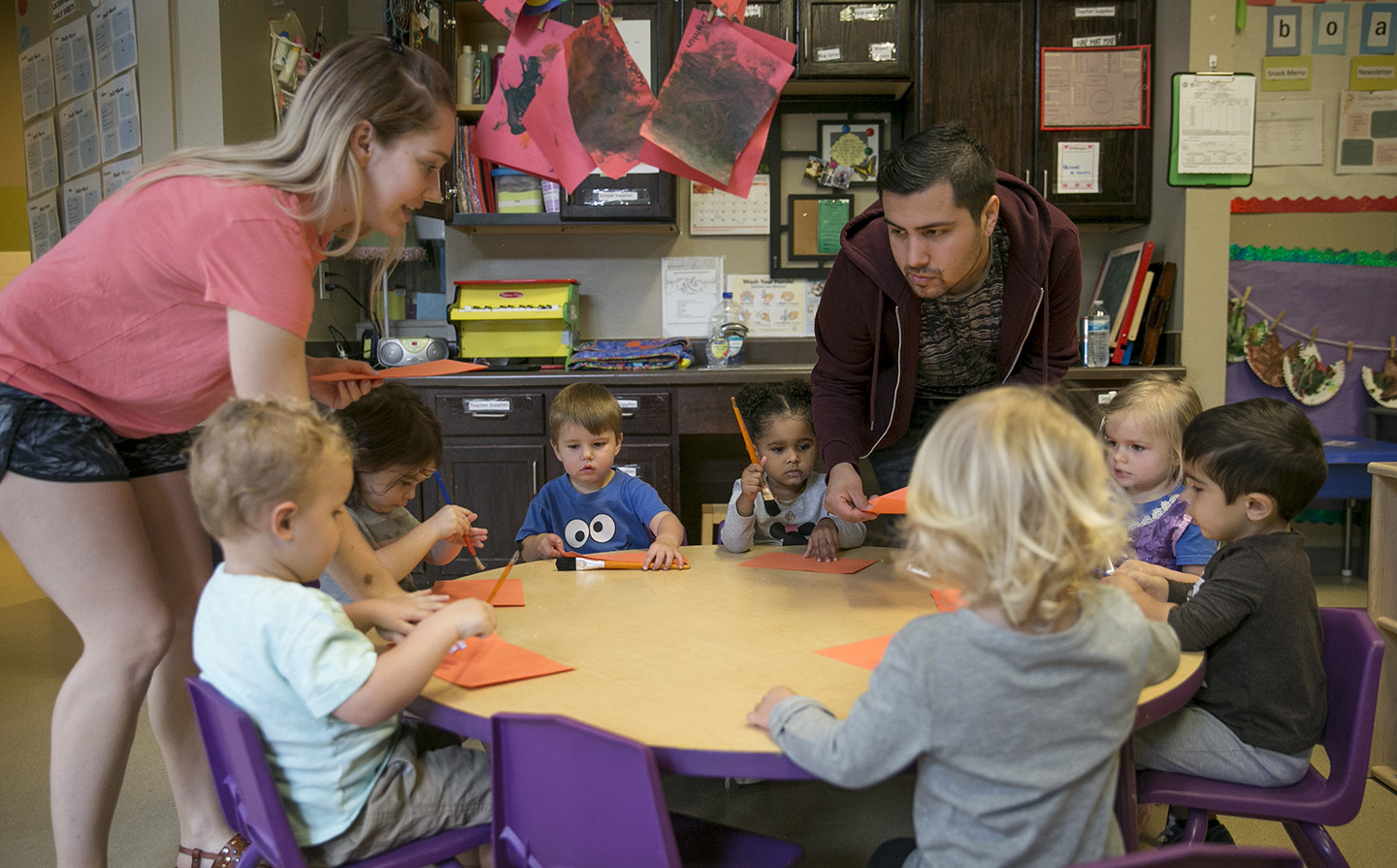
“Like building a house, brain architecture follows the simple rule that a strong or weak foundation will define the overall integrity of the structure,” the nonprofit Connecticut Voices for Children wrote in a report to that state’s Legislature.
“Children living in states with high regulatory standards that support small group sizes and ratios, and high teacher education, have higher quality early care than children who live in states with low standards.”
Because of this, many day care centers that can afford to do so voluntarily exceed the state’s minimum ratios and advertise to parents about their staffing levels.
Open Door Preschools, a nonprofit Austin-area child care provider that has a strong educational focus but is not a traditional preschool, follows the National Association for the Education of Young Children’s recommended staffing levels, said Diana Peyton, a social worker with Open Door.
“The one-on-one attention that they need to grow emotionally is impossible to have with a larger ratio,” Peyton said. “If you’ve got low ratios, you can see who’s got a question on their face, you can see who isn’t getting it, and you can try to figure that out.”
A survey published by the Department of Family and Protective Services in 2010, when the agency suggested lowering Texas’ ratios, found that about 75 percent of centers were already meeting the proposed standards.
But less affluent parents are often forced to send their kids to centers with fewer staffers or to at-home day cares, which can provide more individual attention but have a more troublesome safety record.
Texas’ staff-to-child ratios are higher than those recommended by child development experts for almost every age group, but they are particularly out of line with those recommendations — and with rules in most other states — for toddlers.
Texas’ ratios are among the five worst in the nation for children aged 18 months, 28 months, 3 years and 4 years, according to a report on state policies by Child Care Aware.
Select a state below to see how its caretaker-to-child ratio compares to Texas and suggested standards:
One caretaker can be responsible for this many 6-month-old children:
Texas
%DYNAMIC%
Suggested*
4
4
Source: State health agencies, Child Care Aware of America
For 18-month-olds, the National Association for the Education of Young Children recommends that staffers be tasked with caring for no more four children, but in Texas a single caregiver can look after nine. No state has a higher ratio than Texas for that age group, and only Mississippi and Arkansas also allow a single caregiver to watch nine kids, according to the report.
Texas’ ratios are also tied for highest in the nation for classrooms of 3-year-olds; only North Carolina, Georgia and Florida also let a single day care staffer look after 15 children that age. The association recommends caregivers be tasked with no more than nine 3-year-olds.
Cost versus quality
Under the Department of Family and Protective Services’ 2010 proposal to modestly lower Texas’ staff-to-child ratios for several age groups, caregivers would have been allowed to look after up to nine 2-year-olds instead of 11, 14 3-year-olds instead of 15 and 20 5-year-olds instead of 22.
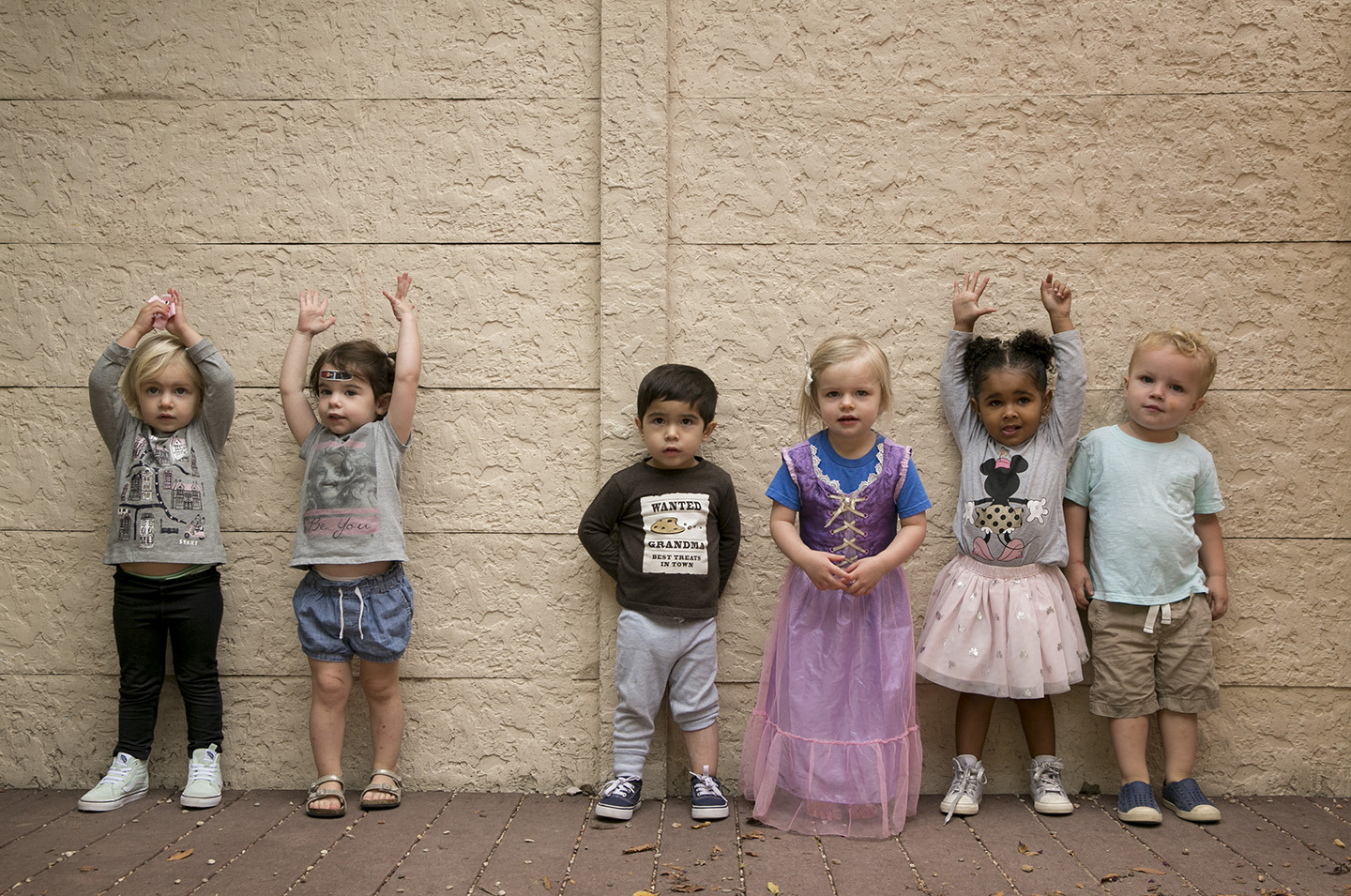
With Texas still recovering from the global financial crisis, day care operators complained that they would have to raise prices, driving more parents to unsafe, unlicensed, in-home day care facilities.
“This was going to put a hardship not only on the centers, but on the parents as well,” Max Taylor, who was the CEO of a company with day care centers in North Texas, told the Statesman at the time. “Quality centers are still going to look at their ratios and are going to do what they need to do to make sure that the children are safe.”
The department agreed to abandon the proposal but resolved to lower the staffing ratios in the future. Department spokesman Patrick Crimmins told the Statesman in 2010 that it “continues to believe that slightly lower (child-to-staff) ratios, which are used in most states, are reasonable, and they will likely be reproposed in the future, when the state’s economy has improved.”
But at the next scheduled review of agency rules, in 2016, it didn’t propose any such changes. Department Commissioner Henry “Hank” Whitman wrote in a memo that after “weighing the impact to providers and families, DFPS is maintaining the subchapter on ratios and group sizes as they are currently written.”
The next scheduled review of day care regulations will be in 2022 by the Health and Human Services Commission, which last year assumed control over the Child Care Licensing program from the Department of Family and Protective Services at the direction of the Legislature.
Whitman’s decision to leave the maximum ratios unchanged came during the same summer that the agency pulled out of the UT study.
In 2017, during the ensuing legislative session, Rep. Linda Koop, R-Dallas, and Sen. Judith Zaffirini, D-Laredo, filed a bill to force the agency to restart the study or participate in a similar one.
“We had a very high incidence of serious to critical injuries in day care centers in Texas, and I think we can all can agree that protection of children is important and see why that was happening,” Koop, who lost her re-election bid in the Nov. 6 election, said in an interview. “Was it the number of children to day care workers? Was it the day cares themselves or safety standards?”
Staff-to-children ratios, Koop said, are one of the most important day care regulations.
“We really are at the very bottom rung as far as child care ratios go,” Koop said. “This is one of the more important ones.”
Zaffirini said she plans to file the bill D or a similar one in the next legislative session.
“By providing important data regarding staff-to-child ratios and injuries at Texas day-care centers, this bill would allow us to make well-informed, evidence-based policy decisions,” Zaffirini said. “Our children are our most precious resource and ensuring their safety should be a top priority for the Legislature.”
From the data collected before the study was shut down, the UT researchers found, as expected, that more caregivers generally translated into safer classrooms. But the results showed something else: The biggest leap in safety was not between the day care facilities that sometimes failed to meet state staffing standards and those that did meet them, but between day care facilities that barely met them and those that consistently exceeded them.
The results indicate that lowering Texas’ maximum caregiver-to-child ratios could result in a significant improvement in safety.
Centers that at some point failed to meet state staffing standards had an average of 4.4 “serious incidents” — defined by the state as anything from a serious accidental injury to the death of a child — over the previous two years. Similarly, centers that met but did not always exceed the minimum staffing requirements averaged 4.1 serious incidents.
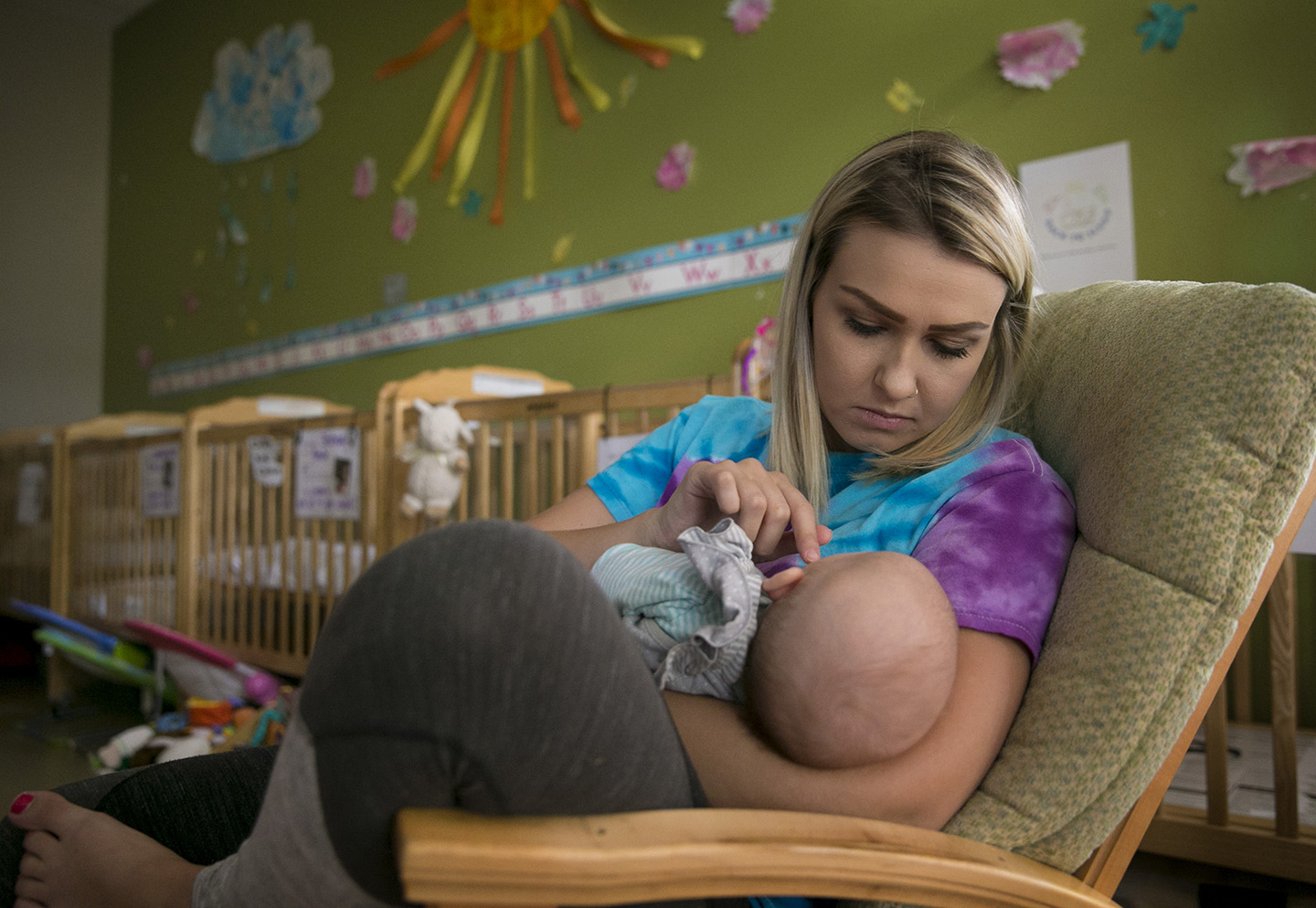
But centers that always provided more caregivers than required had a significantly better safety record, averaging only 2.3 serious incidents over that two-year period.
“These findings, though preliminary, suggest an important link between classroom ratios and children’s safety in child care centers,” the researchers wrote. “Centers in which all classrooms had ratios better than the minimum standard were significantly safer compared to other centers.”
Koop declined to speculate on why the agency discontinued data collection for the study but said she didn’t believe having inspectors fill out surveys on classroom sizes was too great a burden.
“They do send in inspectors, and they inspect all sorts of stuff, and it’s just a matter of them writing down a number or two extra when they’re in there,” she said.
As for the argument that tighter ratios will lead to more unaffordable day care, Koop said the issue was important enough that the state should prioritize safety and then address affordability.
“You should always put child safety first,” she said.